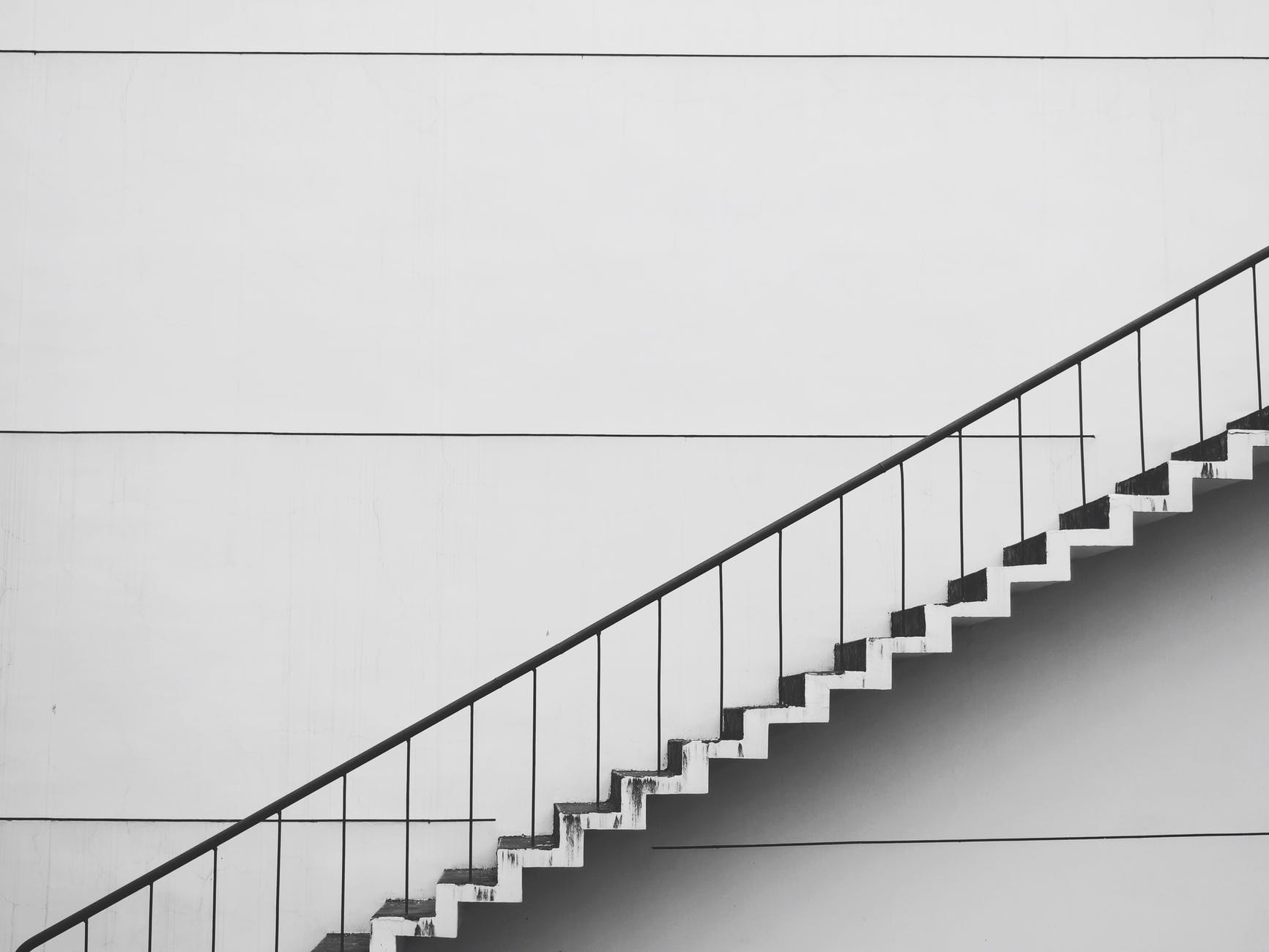
13 Aug Cardio… Is that Spanish?
Beyoncé once said, “I love my butter pecan ice cream, but I also love to work out”. While I agree with Queen Bey about the ice cream, I don’t think I’ve ever used “love” and “workout” in the same sentence, unless it’s “I love to not work out”. Yes, I am well aware that a lack of exercise is a risk factor for literally every single disease (thank you DHC), but this simply isn’t enough to convince me to go work out at 5am when that time would be better spent sleeping. So, no, this post is not going to be a Buzzfeed article that lists ‘15 exercise regimes to boost your endorphins’; instead, it will be practical and, at the very least, will make you consider going to the gym after consuming one too many Tim Tams during PBL.
Let’s start at the most neglected and dare I say, the most despised workout of all time. Say it with me: C-A-R-D-I-O. If you experience mild dyspnoea after going up the escalator and the single flight of stairs from G’s to the level 5 lecture theatre of G40, it is time to get your act together because cardio is no joke. No more lifts for you or that conveniently placed escalator on level 3. In fact, why not make the mammoth trek from the level 2 stairwell to the level 10 anatomy labs- a cardio workout at its finest. Dedicating time and attention to cardio has many wonderful benefits. Firstly, you can indulge in that extra Tim Tam without any guilt because you’ll burn it off anyway on the way down the stairs and that’s what working out is for right? Secondly, when you’re running late to PBL, you can rest easy knowing that your superior cardio abilities mean you will burst through the door within the 10-minute window and without excessive laboured breathing. This brings me to my third point- the long-term benefits of cardio. No, I’m not referring to the reduced risk of an MI (although that is an added bonus) but investing in cardio training now will help you run around the hospital like a pro without any physical symptoms of stress, therefore, helping you outshine your non-cardio colleagues.
Moving on from the most despised workout to everyone’s favourite– weights! If you don’t have access to a gym, why not invest in physical copies of textbooks and lift them while completing those LOs. Maybe you can start small with a copy of Talley and O’Connor and work your way up to Harrison’s Internal Medicine. Upper body strength is invaluable for med students. It can help one achieve the much coveted 100% perfect chest compressions on HAL. This may seem impossible but in the words of Kim K “If you put that effort in, you’ll get what you want”. I’ve also heard from second years that it’s instrumental to have muscles for studying surface anatomy in the MSK part of BMB. Not to mention, as we’ve already heard incessantly during Vampire Cup season, weight training can help those veins really pop out, which makes donating blood an all-round faster and easier process.
Now we must talk about the underrated, slightly unconventional but certainly important exercises that every med student should be including in their workouts. The first of these and perhaps the most important are exercises to sharpen those fine motor skills- after all, steady hands are a hot commodity in medicine. They are a must for suturing, injections, and venepuncture just to name a few. But how can one possibly practice these skills outside of the clinical skills rooms? One word – bananas. They are not only a great source of potassium, but if Grey’s Anatomy has taught me anything it’s that bananas are perfect to practice suturing on and, given enough time you can dispose of those beta blockers you once needed. While, we’re on the topic of motor skills- percussing really deserves more attention. It’s time to grab a coin and those yellow phone books everyone keeps talking about! Finally, every med student workout is simply not complete without eye exercises. Yes, you read that correctly, eye exercises, but you must be thinking why. The answer is simple- chest X-rays. One needs 20/20 vision when trying to determine whether that chest X-ray shows a normal lung hilum or a pathological one.
Hopefully in this short post I have enlightened you on the practical benefits of exercise. But if you’re still spiritually relating to that meme about how your favourite exercise is a cross between a lunge and a crunch, called lunch, then I say you do you and thank u(for reading), next(a range of diseases brought to you by not working out).

